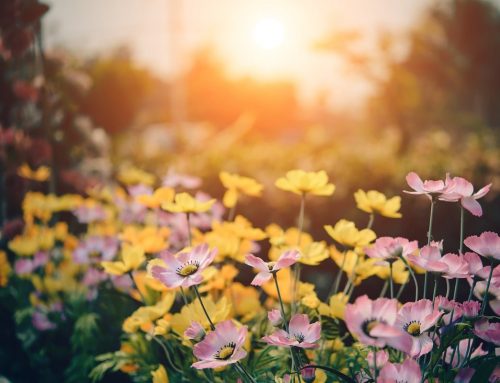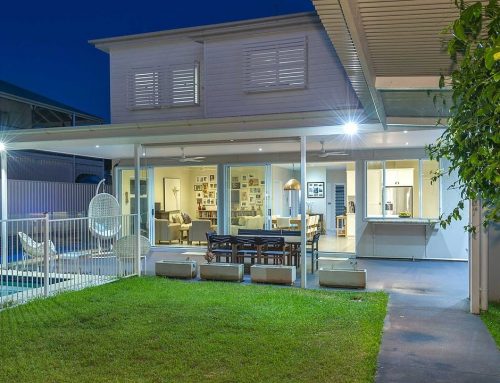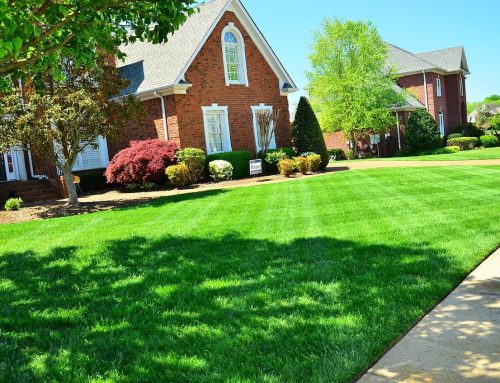Many people are interested in turning their backyard patch into a vegetable garden, and for good reason. Not only are vegetables easy to tend, but you will have a garden that keeps on giving nutritious produce!
While nothing beats learning by experience, planting a vegetable garden does take a bit of planning and knowledge. If you want to be fully prepared before you start digging, read on to know more about what you have to consider when planning a vegetable garden.
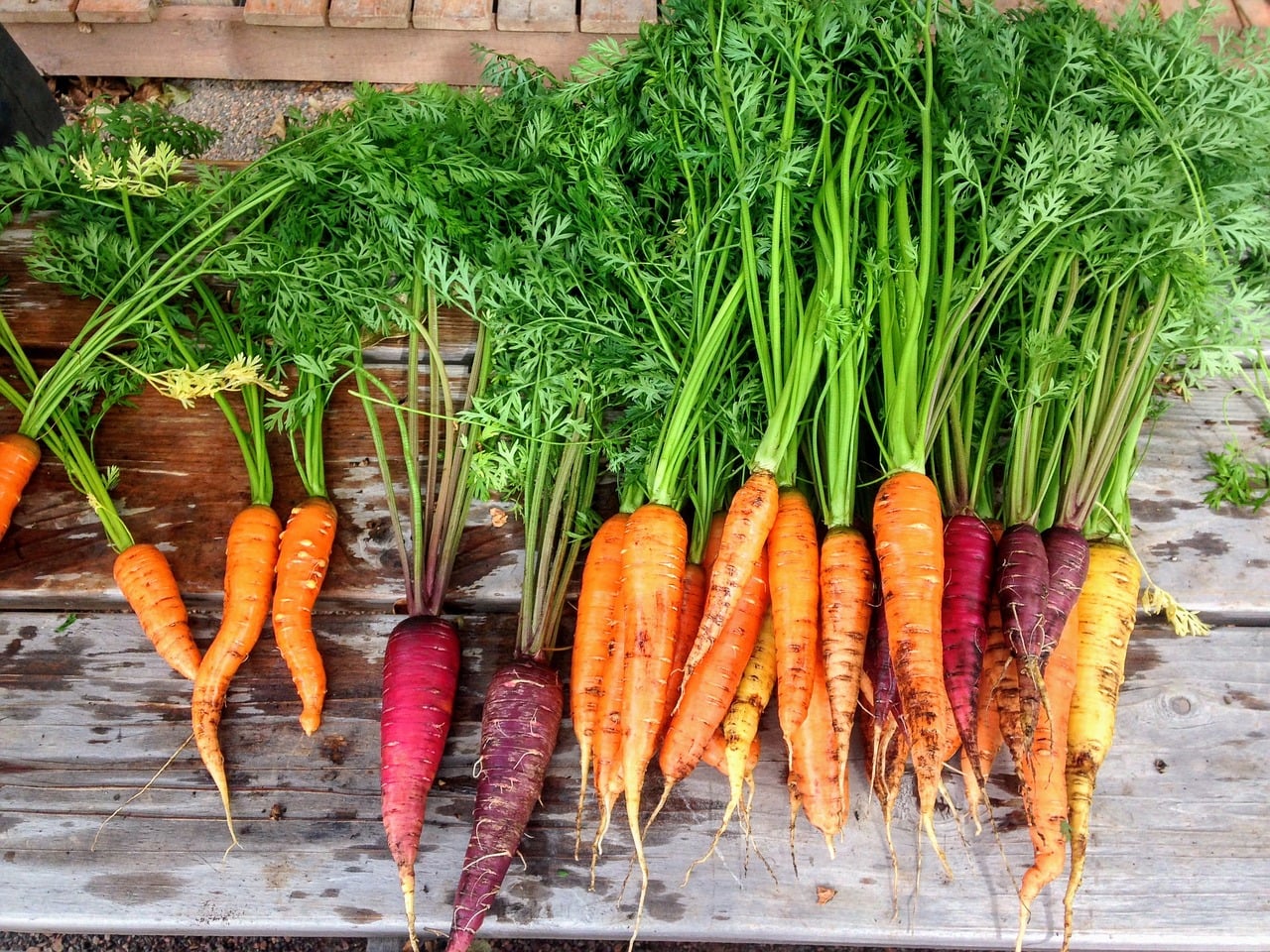 " data-srcset="/wp-content/uploads/2019/01/vegetable-garden-carrots-20x15.jpg 20w, /wp-content/uploads/2019/01/vegetable-garden-carrots-200x150.jpg 200w, /wp-content/uploads/2019/01/vegetable-garden-carrots-300x225.jpg 300w, /wp-content/uploads/2019/01/vegetable-garden-carrots-400x300.jpg 400w, /wp-content/uploads/2019/01/vegetable-garden-carrots-600x450.jpg 600w, /wp-content/uploads/2019/01/vegetable-garden-carrots-768x576.jpg 768w, /wp-content/uploads/2019/01/vegetable-garden-carrots-800x600.jpg 800w, /wp-content/uploads/2019/01/vegetable-garden-carrots-1024x768.jpg 1024w, /wp-content/uploads/2019/01/vegetable-garden-carrots-1200x900.jpg 1200w, /wp-content/uploads/2019/01/vegetable-garden-carrots.jpg 1280w" data-sizes="auto" data-orig-sizes="(max-width: 1280px) 100vw, 1280px" />
" data-srcset="/wp-content/uploads/2019/01/vegetable-garden-carrots-20x15.jpg 20w, /wp-content/uploads/2019/01/vegetable-garden-carrots-200x150.jpg 200w, /wp-content/uploads/2019/01/vegetable-garden-carrots-300x225.jpg 300w, /wp-content/uploads/2019/01/vegetable-garden-carrots-400x300.jpg 400w, /wp-content/uploads/2019/01/vegetable-garden-carrots-600x450.jpg 600w, /wp-content/uploads/2019/01/vegetable-garden-carrots-768x576.jpg 768w, /wp-content/uploads/2019/01/vegetable-garden-carrots-800x600.jpg 800w, /wp-content/uploads/2019/01/vegetable-garden-carrots-1024x768.jpg 1024w, /wp-content/uploads/2019/01/vegetable-garden-carrots-1200x900.jpg 1200w, /wp-content/uploads/2019/01/vegetable-garden-carrots.jpg 1280w" data-sizes="auto" data-orig-sizes="(max-width: 1280px) 100vw, 1280px" />
Location of your vegetable garden
Location is one important factor that will determine if your vegetable garden will thrive or not. Some details to mull over when planning where to build your garden include:
- Aspect
You have to figure out which side of your property provides a healthy amount of sunlight. Typically, the south side gets all the sun.
As vegetables need about eight to ten hours of sunlight during the growing season, you have to determine which area in your garden will provide that amount of sun exposure.
Once you get the sunlight direction in check, think about the soil. Is there soil on the south side of your house? Or do you need to bring it in through a raised bed? You could always adjust how you will plan for the soil, so prioritise sun exposure over what is on the ground.
- Slope
Consider yourself lucky if you have a hillside area that’s open and sunny. That could be a great place to grow your vegetable garden! But if you don’t, again, it’s best to choose an area that gets enough sunshine for most of the day.
- Water Source
When you’re deciding on location, you also need to think about water source. Maybe your slope is ideal for sun exposure but you’d need to fix the water pressure. Or maybe what you originally intended is too far from the house after all. Make sure your water source is accessible when planning where to put your vegetable garden.
Bed Design
The location largely determines what style of planting system would be ideal for that space. You could go for raised beds, traditional rows, or square-foot gardening, to name a few.
While each planting style has its own advantages, a raised bed garden generally provides more control and ease when it comes to protecting, watering and keeping your vegetable plants weed-free.
Whichever style you opt for, it’s recommended to set about 1.2-metre-wide garden beds. You could choose how long the beds are going to be, just leave at least 60-centimetre pathways between the beds. This way, you could tend to the plants without needing to step on the soil and compacting it.
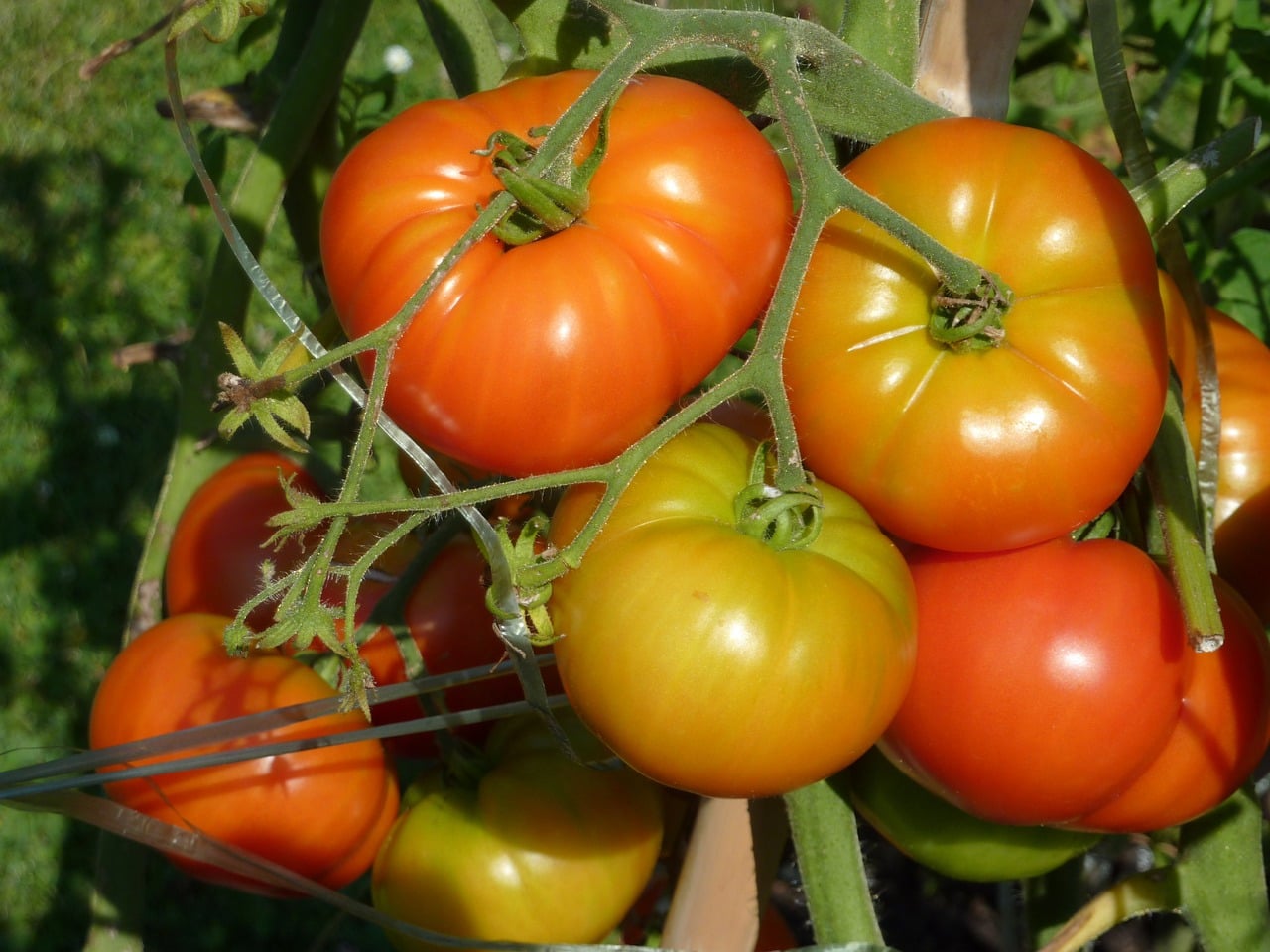 " data-srcset="/wp-content/uploads/2019/01/vegetable-garden-tomatoes-20x15.jpg 20w, /wp-content/uploads/2019/01/vegetable-garden-tomatoes-200x150.jpg 200w, /wp-content/uploads/2019/01/vegetable-garden-tomatoes-300x225.jpg 300w, /wp-content/uploads/2019/01/vegetable-garden-tomatoes-400x300.jpg 400w, /wp-content/uploads/2019/01/vegetable-garden-tomatoes-600x450.jpg 600w, /wp-content/uploads/2019/01/vegetable-garden-tomatoes-768x576.jpg 768w, /wp-content/uploads/2019/01/vegetable-garden-tomatoes-800x600.jpg 800w, /wp-content/uploads/2019/01/vegetable-garden-tomatoes-1024x768.jpg 1024w, /wp-content/uploads/2019/01/vegetable-garden-tomatoes-1200x900.jpg 1200w, /wp-content/uploads/2019/01/vegetable-garden-tomatoes.jpg 1280w" data-sizes="auto" data-orig-sizes="(max-width: 1280px) 100vw, 1280px" />
" data-srcset="/wp-content/uploads/2019/01/vegetable-garden-tomatoes-20x15.jpg 20w, /wp-content/uploads/2019/01/vegetable-garden-tomatoes-200x150.jpg 200w, /wp-content/uploads/2019/01/vegetable-garden-tomatoes-300x225.jpg 300w, /wp-content/uploads/2019/01/vegetable-garden-tomatoes-400x300.jpg 400w, /wp-content/uploads/2019/01/vegetable-garden-tomatoes-600x450.jpg 600w, /wp-content/uploads/2019/01/vegetable-garden-tomatoes-768x576.jpg 768w, /wp-content/uploads/2019/01/vegetable-garden-tomatoes-800x600.jpg 800w, /wp-content/uploads/2019/01/vegetable-garden-tomatoes-1024x768.jpg 1024w, /wp-content/uploads/2019/01/vegetable-garden-tomatoes-1200x900.jpg 1200w, /wp-content/uploads/2019/01/vegetable-garden-tomatoes.jpg 1280w" data-sizes="auto" data-orig-sizes="(max-width: 1280px) 100vw, 1280px" />
What to Grow in a Vegetable Garden
With so many vegetable varieties, it can be difficult to make a decision about what to put in your garden.
To make the process much easier, here are some general rules worth knowing:
- Tender plants
Plants such as tomatoes, peppers, eggplant, basil and herbs are the most delicate ones, so reserve your sunniest spots for these crops. The nice thing about these varieties is that they give you abundant produce continuously.
- Roaming/climbing plants
While your tender vegetables are positioned front and centre, you’d want to place vines like melon and squash right at the edge of your beds. This prevents their broad leaves from covering your other plants, and lets them spread out on the sides. You could use fencing to train the vines to climb and take any direction you would want.
For vegetables that climb up—peas, beans and cucumbers—try planting them on the northern part of the bed so that they won’t shade your other veggies.
- Perennials
Plant your perennials, like berries, artichokes and asparagus, separately so you could rotate the other varieties while leaving the perennials undisturbed.
- Companion planting
Planting a variety of crops in one bed confuses pests and reduces the chances of attracting them. Hence, consider mixing it up and avoid planting large areas of a single crop (or crop family).
The only exception to this rule is when the plants require a protective netting, like the ones used for cabbages, broccoli and cauliflowers. These you should grow together.
- Insect-attracting plants
If you want to protect your crops from pests and aid pollination, try adding varieties that attract beneficial insects like bees and ladybugs. Some examples include onion, garlic, chamomile, daisy, marigold and a whole lot more.
- Timing of harvest
Maintaining your vegetable garden means harvesting as much as tending to it. Hence, you have to consider if you are around the entire week, or if you are only around on weekends. Tomatoes could still be harvested when overripe, but beans could grow in an instant. Plan what you will plant according to your harvesting schedule.
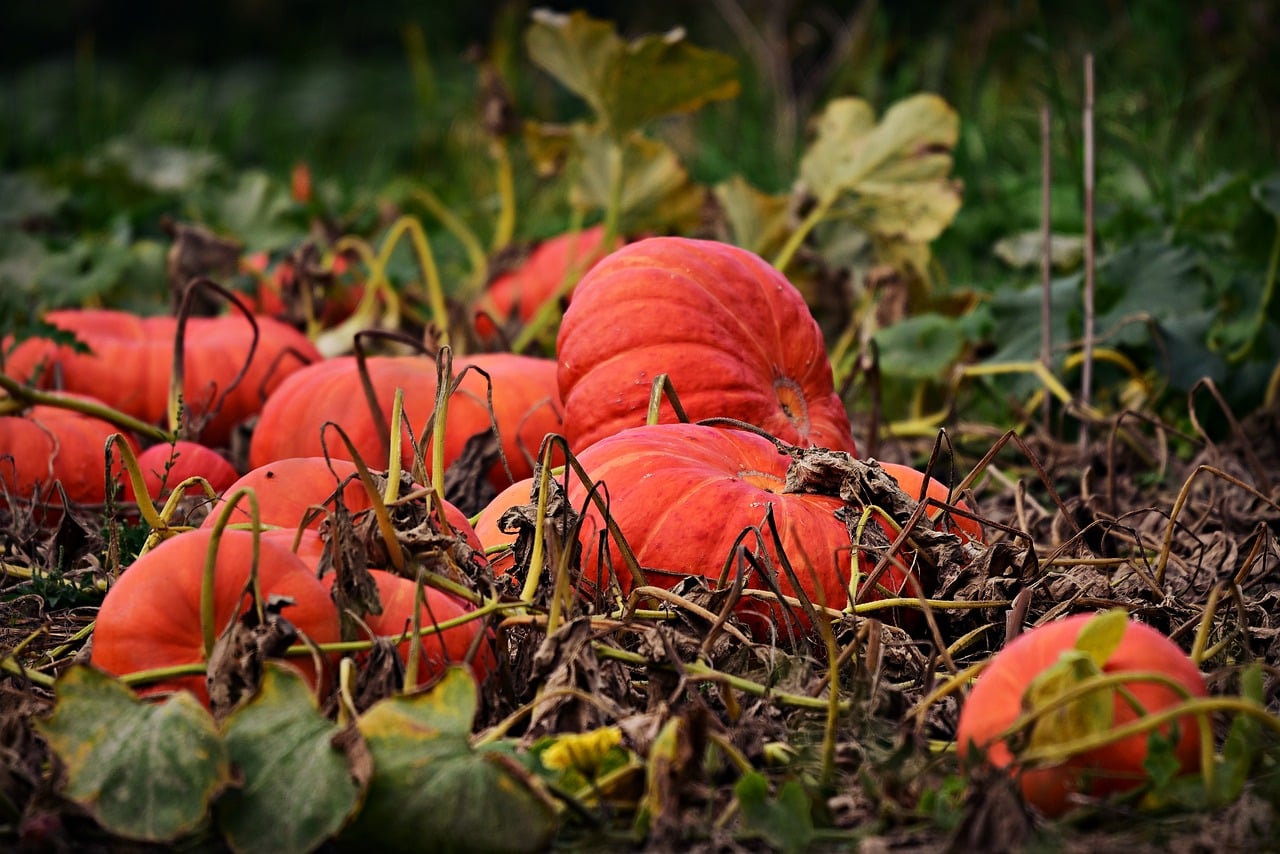 " data-srcset="/wp-content/uploads/2019/01/vegetable-garden-pumpkins-20x13.jpg 20w, /wp-content/uploads/2019/01/vegetable-garden-pumpkins-200x133.jpg 200w, /wp-content/uploads/2019/01/vegetable-garden-pumpkins-300x200.jpg 300w, /wp-content/uploads/2019/01/vegetable-garden-pumpkins-400x267.jpg 400w, /wp-content/uploads/2019/01/vegetable-garden-pumpkins-600x400.jpg 600w, /wp-content/uploads/2019/01/vegetable-garden-pumpkins-768x512.jpg 768w, /wp-content/uploads/2019/01/vegetable-garden-pumpkins-800x534.jpg 800w, /wp-content/uploads/2019/01/vegetable-garden-pumpkins-1024x683.jpg 1024w, /wp-content/uploads/2019/01/vegetable-garden-pumpkins-1200x801.jpg 1200w, /wp-content/uploads/2019/01/vegetable-garden-pumpkins.jpg 1280w" data-sizes="auto" data-orig-sizes="(max-width: 1280px) 100vw, 1280px" />
" data-srcset="/wp-content/uploads/2019/01/vegetable-garden-pumpkins-20x13.jpg 20w, /wp-content/uploads/2019/01/vegetable-garden-pumpkins-200x133.jpg 200w, /wp-content/uploads/2019/01/vegetable-garden-pumpkins-300x200.jpg 300w, /wp-content/uploads/2019/01/vegetable-garden-pumpkins-400x267.jpg 400w, /wp-content/uploads/2019/01/vegetable-garden-pumpkins-600x400.jpg 600w, /wp-content/uploads/2019/01/vegetable-garden-pumpkins-768x512.jpg 768w, /wp-content/uploads/2019/01/vegetable-garden-pumpkins-800x534.jpg 800w, /wp-content/uploads/2019/01/vegetable-garden-pumpkins-1024x683.jpg 1024w, /wp-content/uploads/2019/01/vegetable-garden-pumpkins-1200x801.jpg 1200w, /wp-content/uploads/2019/01/vegetable-garden-pumpkins.jpg 1280w" data-sizes="auto" data-orig-sizes="(max-width: 1280px) 100vw, 1280px" />
Number of plants
Vegetable gardens are quite exciting to plan, as you immediately think about what kinds of produce you will have regularly. But as tempting as it may be to add a lot of different crops, it’s important not to overcrowd the plants.
Planting too many varieties could compromise the quality of their growth. So, keep in mind that seedlings may look small now, but in a few weeks, they will grow and fill your space. Always leave enough space in between your vegetables.
A vegetable garden is a nice addition to any property. And for beginners, there are a lot of things to remember, which can be quite overwhelming. Given these key considerations, you could start planning where to put your garden, what type of construction you will need, and which crops to prioritise.
If you are interested in growing a vegetable patch, Garden-R can assist with the planning and planting process. With us, you could use these principles to design a garden that is perfect for your outdoor space.

 " data-orig-src="/wp-content/uploads/2019/01/vegetable-garden.jpg" data-srcset="/wp-content/uploads/2019/01/vegetable-garden-200x137.jpg 200w, /wp-content/uploads/2019/01/vegetable-garden-400x273.jpg 400w, /wp-content/uploads/2019/01/vegetable-garden-600x410.jpg 600w, /wp-content/uploads/2019/01/vegetable-garden-800x547.jpg 800w, /wp-content/uploads/2019/01/vegetable-garden-1200x820.jpg 1200w, /wp-content/uploads/2019/01/vegetable-garden.jpg 1280w" data-sizes="auto" />
" data-orig-src="/wp-content/uploads/2019/01/vegetable-garden.jpg" data-srcset="/wp-content/uploads/2019/01/vegetable-garden-200x137.jpg 200w, /wp-content/uploads/2019/01/vegetable-garden-400x273.jpg 400w, /wp-content/uploads/2019/01/vegetable-garden-600x410.jpg 600w, /wp-content/uploads/2019/01/vegetable-garden-800x547.jpg 800w, /wp-content/uploads/2019/01/vegetable-garden-1200x820.jpg 1200w, /wp-content/uploads/2019/01/vegetable-garden.jpg 1280w" data-sizes="auto" /> 